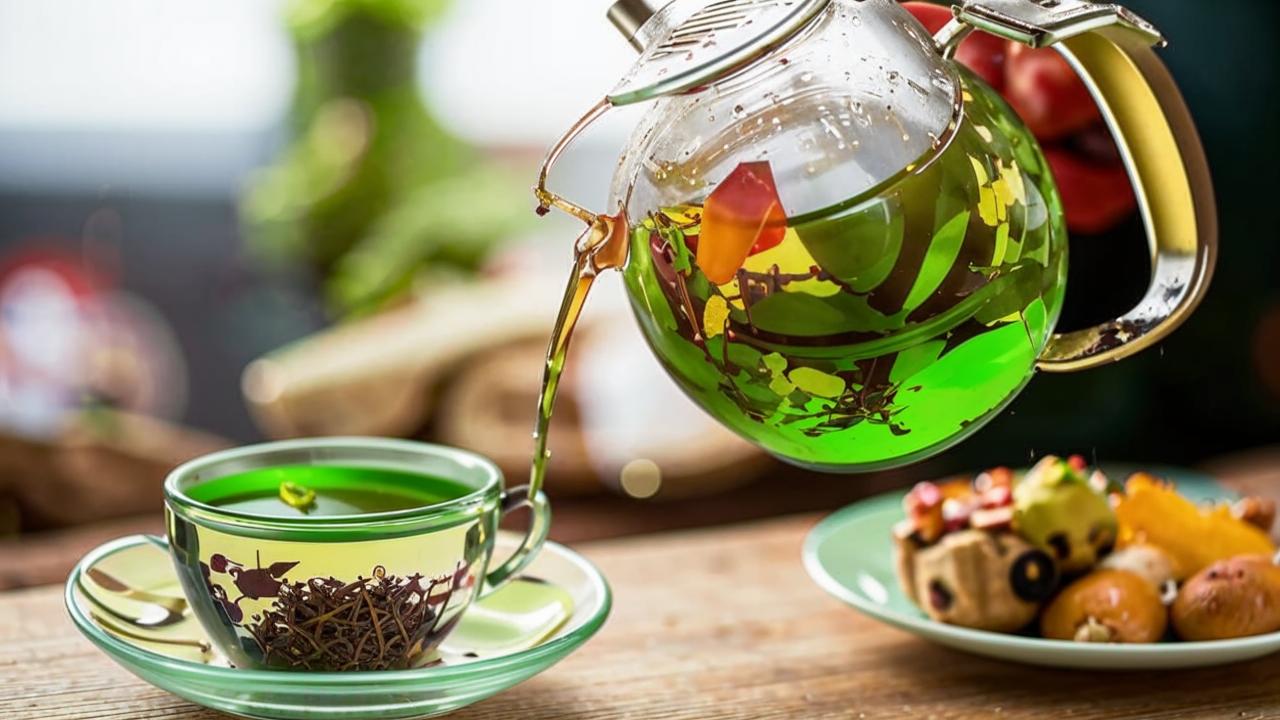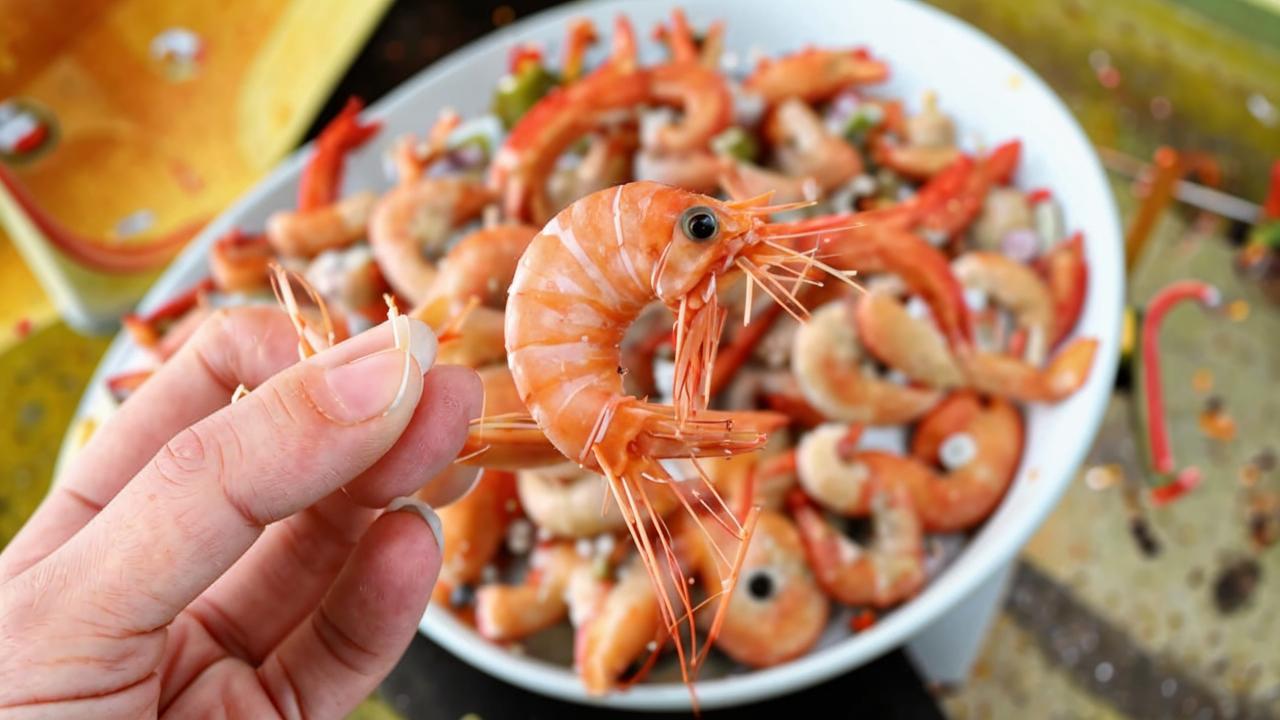
“To keep your skin young and resist age-related changes, you don’t have to start with expensive cosmetic procedures, as many people think. In fact, taking care of yourself starts with nutrition: a nutritious diet is the way to maintain a fresh appearance and well-being. What products to pay special attention to, now we’ll find out”.
-
What happens to the skin as we age?
-
What foods can help prevent age-related changes?
What happens to the skin as we age?
The skin is the body’s largest organ and serves primarily as a physical barrier against microorganisms, UV light, abrasions, dehydration and pollution. The dermis, packed with sensory nerve endings, regulates body temperature and synthesizes vitamin D.

Human skin consists of three layers: epidermis, dermis and subcutaneous fatty tissue. In the lower layers of the epidermis are keratinocytes involved in the process of natural renewal of the stratum corneum. But with age, the ability to replace dead cells slows down, collagen fibers become stiff and disintegrate, and elastic fibers thicken and wear out. All of this contributes to the formation of wrinkles.
In addition, the number of fibroblasts producing collagen and elastin decreases, subcutaneous fat begins to disappear, sebaceous glands atrophy and pigmentation disappears. These changes lead to dry, loose skin and an ashy hue.
The good news is that the effect of diet on appearance has long interested scientists, and studies linking nutrition to overall skin health have shown: certain vitamins, minerals and fats can help create a healthy, ageless glow.
What foods can help prevent age-related changes?
Rosehips, sea buckthorn and red peppers. They contain high amounts of vitamin C. It is found in cell fluids and plays a key role in collagen synthesis. Studies show that smoother skin is seen in women who consume foods rich in this trace element.

Avocado. Includes vitamin E. It is an antioxidant that strengthens and protects the vulnerable subcutaneous fat layer from free radical damage. In addition to avocados, the trace element is included in vegetable oils and nuts.
Carrots. It contains carotenoids, which give yellow-orange hues to both carrots and other vegetables such as sweet potatoes. As powerful antioxidants, they can prevent skin aging and improve skin tone.
Θαλασσινά. Shellfish are the best sources of zinc, which is essential for wound healing. The fact is that in summer, skin prone to sunburns, scratches and abrasions, especially needs protection and minerals that promote healing.
Vegetarians, who may be at risk of deficiency, should be especially attentive to the content of this trace element in their diet, as it is poorly absorbed from plant sources.

Cocoa. It contains a large number of useful phytochemicals. Flavanols (catechin, epicatechin and procyanidins) are considered the main ones. These molecules have antioxidant properties.
Healthy skin starts with a good, nutritious diet and physical activity. Include the above products in your diet: they work harmoniously to improve its tone, texture and clarity. Of course, don’t forget about beauty care.





